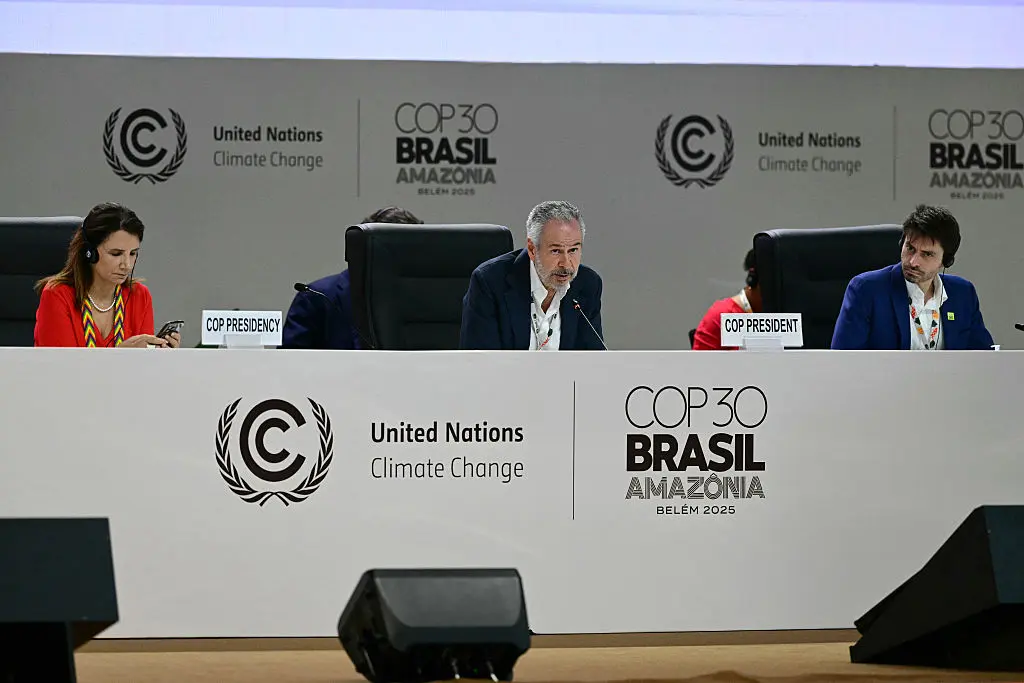An environmental group has said nuclear power is unsuitable for Australia due to its significant water demand.
Jane Sultana, the secretary of the Latrobe Valley Sustainability Group, raised concerns about nuclear power plants’ water consumption and its impact on the environment at a recent inquiry hearing on nuclear power generation.





